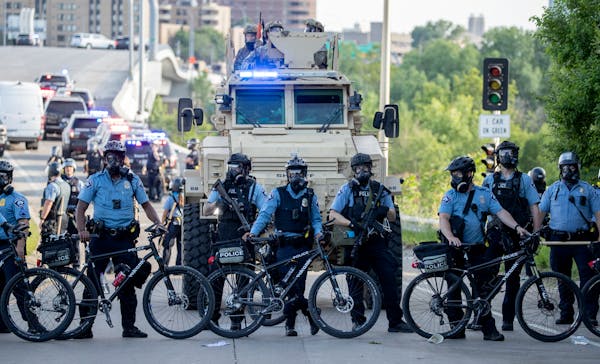Why do gas prices vary so much in different locations in Minnesota?
Listen and subscribe to our podcast: Via Apple Podcasts | Spotify | Stitcher
As auto traffic on the nation's roads plummeted with the onset of COVID-19 this spring, gas prices fell to rock bottom levels.
Jackie Zimmerman was headed home from a state park in southern Minnesota in April and noticed the steep decline at the pump when she stopped to fill up near Northfield, Minn., where some stations were selling gas at the bargain price of 99 cents per gallon or less.
The Minnetonka resident and other readers wondered why gas prices were hovering around $1 per gallon in south metro communities such as Lakeville and Farmington, while they were closer to $2 in the north and east metro. Zimmerman reached out to Curious Minnesota, the Star Tribune's community driven reporting project that tackles questions readers want answered.
A wide price range like that is fairly unusual, said Patrick De Haan, of the gas price tracking app and website GasBuddy. But a number of factors could lead to a price disparity, he said.
Low gas prices are often associated with a quick and large drop in the wholesale price of crude oil, which happened in March when the world's top oil exporter, Saudi Arabia, launched a price war against Russia. At the same time, demand fell to a near 30-year-low as stay-at-home orders were issued across the U.S. These events triggered a historic collapse in prices and put pressure on gas stations.
"They were selling half of what they normally do," De Haan said.
Stations tread "carefully and cautiously" when deciding to lower prices, De Haan said. But it only takes one station to engage in "aggressive competition" to set off a price war, which may have led to the highly discounted gas in the south metro.
If one station drops its price, nearby competitors may feel the need to follow suit to avoid a drop off in business, De Haan said.
Taxes account for a significant percentage of the price of each gallon of gas sold in Minnesota – including the federal gasoline tax of 18.4 cents per gallon and 28.6 cents for the state gas tax. After paying the supplier, there often isn't much left over for individual stations, particularly when gas is being sold on the cheap.
South metro stations operating on razor-thin profit margins in April have since raised prices and are now on par with the rest of the Twin Cities. On Wednesday, prices across the metro generally were running between $1.79 and $2.09, according Gasbuddy.com. Some of the cheapest gas in the south metro on Wednesday was $1.83 at the Hi Hi Market and Kwik Trip on Dodd Road in Lakeville. The most expensive was $2.29 at a Shell station on Crystal Lake Road in Burnsville. The state average for a gallon of gas was $1.99 according to AAA.
As crude oil prices nudge upward with the recent announcement by the Organization of Petroleum Exporting Countries (OPEC) that it is extending oil production cuts until at least July, prices are expected to increase over the summer, De Haan said. "The lowest of the lows are behind us," he said noting prices could peak between $2.40 and $2.65 by Labor Day.
---
If you'd like to submit a Curious Minnesota question, fill out the form below:
Read more Curious Minnesota stories:
Why is Minnesota more liberal than its neighboring states?
When you flush a toilet in the Twin Cities, where does everything go?
Was Minnesota home to nuclear missiles during the Cold War?
Why do electric-vehicle owners pay a surcharge in Minnesota?
How did Minnesota's early settlers make it through the dark, cold winters?
Why do we have water towers and what do they do?
Why does the Stone Arch Bridge cross the river at such an odd angle?
How did Minnesota become the Gopher State?
Are roundabouts really safer than traditional intersections?


